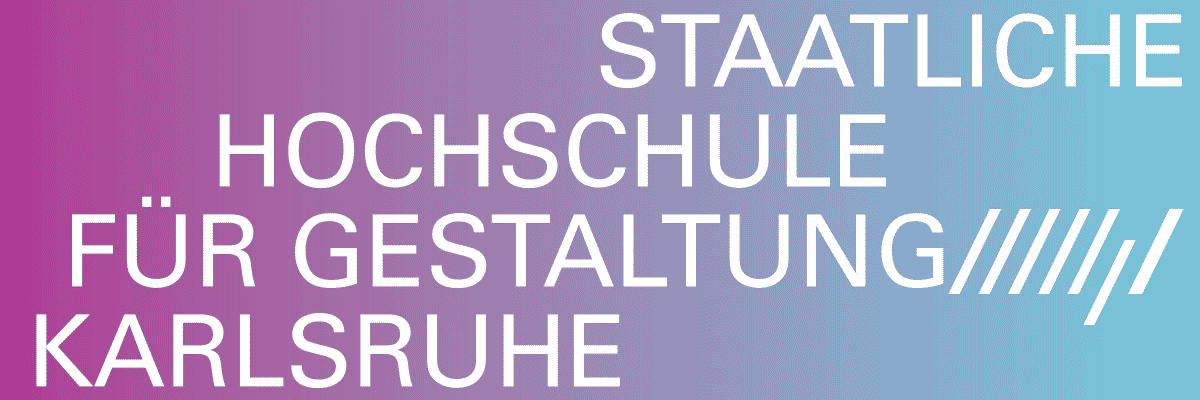
Nanna Kaiser
Catch 39/5

Advertisement


Nanna Kaiser, Riemchen, 2023, Oil paint and screenprint on doormat, 40cm x 60cm

Nanna Kaiser, Watermark 1, 2023, Wood varnish, oil paint and epoxy on wood, 66cm x 129cm



Nanna Kaiser, Watermark 3, 2023, Wood varnish, oil paint, screenprint and epoxy on wood, 66cm x 129cm

Nanna Kaiser, Watermark 2, 2023, Wood varnish, oil paint, screenprint and epoxy on wood, 66cm x 129cm

Nanna Kaiser, Nass auf Nass, 2023, Oil paint and screenprint on doormat, 39cm x 120cm

Nanna Kaiser, Nass auf Nass, 2023, Oil paint and screenprint on doormat, 39cm x 120cm



Nanna Kaiser, Source, 2023, Wallpaper and laser print on canvas, 100cm x 160cm

Nanna Kaiser, Source, 2023, Wallpaper and laser print on canvas, 100cm x 160cm


Trickster and obsessive hunter-gatherer, Nanna Kaiser skins and peels layers from a material world that is dusty, crumbling and showing signs of rot. In this case, what was once an aristocratic dwelling, turned into a construction site, has slipped its way into the gallery. Parquet flooring, with that distinctive herringbone pattern indicative of a certain (read: rich) social status, now appears as weathered remnants, recuperated and ripped from the original site with a pry bar. Given a new lease of life, one that proudly shows off its signs of damage, they parasite their new home. For Kaiser, who instinctively describes herself as a painter, the wooden planks serve as a material support on which she produces watery, abstract images, relying on the very same techniques and tools that originate from their previous function and perverting them in the process. Motifs evoking water damage are silkscreened using transparent, coloured floor varnish, the wood sanded down and reassembled in that very same fish-ey layout on the gallery walls and floor. Elsewhere, the wood is subjected to actual water damage, its bloated, collaged surface giving a sense of vertigo. Will it hold up its end of the bargain and not collapse, not let go?
Situated within a lineage that owes much to the technique developed by Heidi Bucher in the 1970s of ‘skinning’ walls and floors with liquid latex, imploding private, domestic spaces, or the skin-like, corporeal quality of Eva Hesse’s latex-based sculptures, both requiring an intense physical effort to create fundamentally feminist gestures with a strong psychological and sexual nature, Kaiser’s works upset conventions. Hers are paintings that engage with sculptural concerns, or vice versa, collapsing all distinctions between objecthood, surface and optical perception. Dipping in the pool of melancholia, they bring up capitalism’s psychological stain on this withered architectural skin, cracks and tears for all to see.
Anya Harrison



